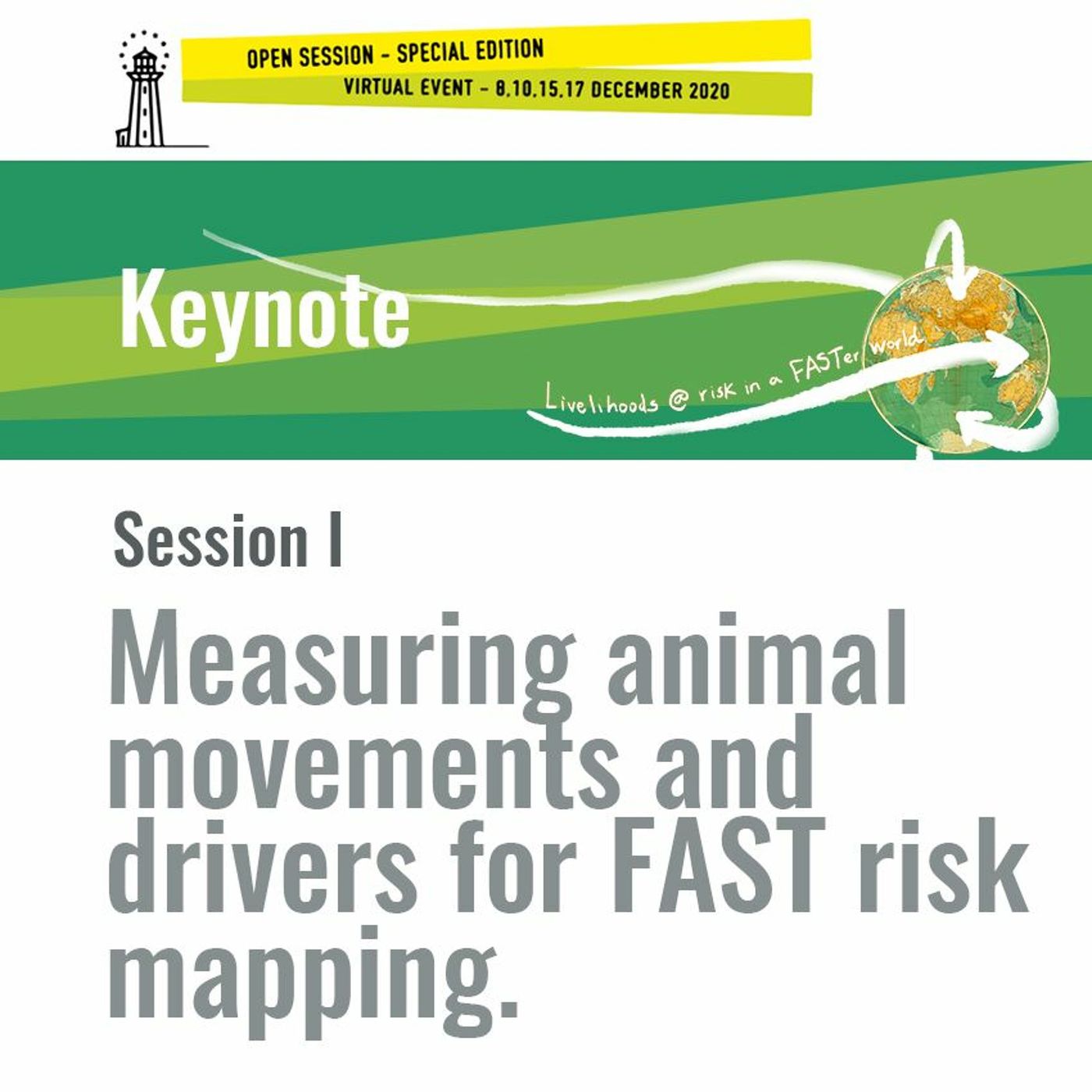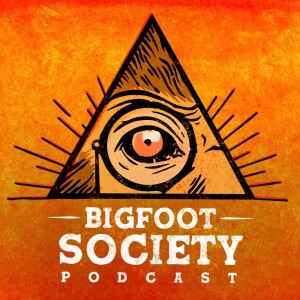

MODELLING AND PREDICTING NATIONAL AND REGIONAL ANIMAL MOBILITY AFFECTING LIVESTOCK’S DISEASES CIRCULATION. A COMPARISON FROM STUDIES IN NORTH/WEST AFRICA AND SOUTH-EAST ASIA.We are going to present some of the results from our recent works on animal mobility in 2 contrasted Regions: West Africa and South-East Asia. In both cases we tried to understand what the driving factors are behind observed mobility patterns. Different methodologies where used in the 2 contexts. Live animals t...
MODELLING AND PREDICTING NATIONAL AND REGIONAL ANIMAL MOBILITY AFFECTING LIVESTOCK’S DISEASES CIRCULATION. A COMPARISON FROM STUDIES IN NORTH/WEST AFRICA AND SOUTH-EAST ASIA.
We are going to present some of the results from our recent works on animal mobility in 2 contrasted Regions: West Africa and South-East Asia. In both cases we tried to understand what the driving factors are behind observed mobility patterns. Different methodologies where used in the 2 contexts.
Live animals trade is in most of the West and North African countries one of the main economics activities. In general, the consumption and production areas are several hundred km apart. Due to the absence of infrastructures, animals are sold alive at local markets to traders, and then moved to capital or coastal cities where they are slaughtered and butchered. Because of this, livestock mobility is an intrinsic component of the farming systems in the region, aiming at optimizing the availability of natural resources (grasslands, surface water) which shows a highly seasonal pattern for a given grazing area. Livestock mobility in the region is a complex phenomenon involving several temporal (from days to months) and spatial scales (from a few km to reach local markets, to international transhumance or trade movements).
The possibility of providing a reliable picture of livestock mobility in the area is hindered by the fact that few quantitative data are collected.
We are presenting the results of the analysis of data provided by Veterinarian services in West and North Africa countries on ruminants' mobility. We used complex network approach to describe mobility patterns and a suite of models (gravity, ERGM) to understand its driving factors of animal mobility. The analysis shows the existence of largest transboundary communities of movement, that could facilitate the spread of the disease in Region. The analysis has shown the existence of 2 important periods for mobility: a routine one, and the period around the religious festivity of Tabaski (during which a young male sheep is slaughtered in each family). The mobility drivers include environmental factors (conditioning the availability of natural resources), commercial reasons (demand and market price), economical (gdp difference between producer and consumer areas) and social factors like the Tabaski celebration.
Andrea Apolloni, Alexis Delabouglise
Representatives of the AQCR team CIRAD). CIRAD-UMR Astre, France
See the whole paper at www.eufmdvirtual.com
View more
We are going to present some of the results from our recent works on animal mobility in 2 contrasted Regions: West Africa and South-East Asia. In both cases we tried to understand what the driving factors are behind observed mobility patterns. Different methodologies where used in the 2 contexts.
Live animals trade is in most of the West and North African countries one of the main economics activities. In general, the consumption and production areas are several hundred km apart. Due to the absence of infrastructures, animals are sold alive at local markets to traders, and then moved to capital or coastal cities where they are slaughtered and butchered. Because of this, livestock mobility is an intrinsic component of the farming systems in the region, aiming at optimizing the availability of natural resources (grasslands, surface water) which shows a highly seasonal pattern for a given grazing area. Livestock mobility in the region is a complex phenomenon involving several temporal (from days to months) and spatial scales (from a few km to reach local markets, to international transhumance or trade movements).
The possibility of providing a reliable picture of livestock mobility in the area is hindered by the fact that few quantitative data are collected.
We are presenting the results of the analysis of data provided by Veterinarian services in West and North Africa countries on ruminants' mobility. We used complex network approach to describe mobility patterns and a suite of models (gravity, ERGM) to understand its driving factors of animal mobility. The analysis shows the existence of largest transboundary communities of movement, that could facilitate the spread of the disease in Region. The analysis has shown the existence of 2 important periods for mobility: a routine one, and the period around the religious festivity of Tabaski (during which a young male sheep is slaughtered in each family). The mobility drivers include environmental factors (conditioning the availability of natural resources), commercial reasons (demand and market price), economical (gdp difference between producer and consumer areas) and social factors like the Tabaski celebration.
Andrea Apolloni, Alexis Delabouglise
Representatives of the AQCR team CIRAD). CIRAD-UMR Astre, France
See the whole paper at www.eufmdvirtual.com
Comments (3)
More Episodes
All Episodes>>Create Your Podcast In Minutes
- Full-featured podcast site
- Unlimited storage and bandwidth
- Comprehensive podcast stats
- Distribute to Apple Podcasts, Spotify, and more
- Make money with your podcast
It is Free












